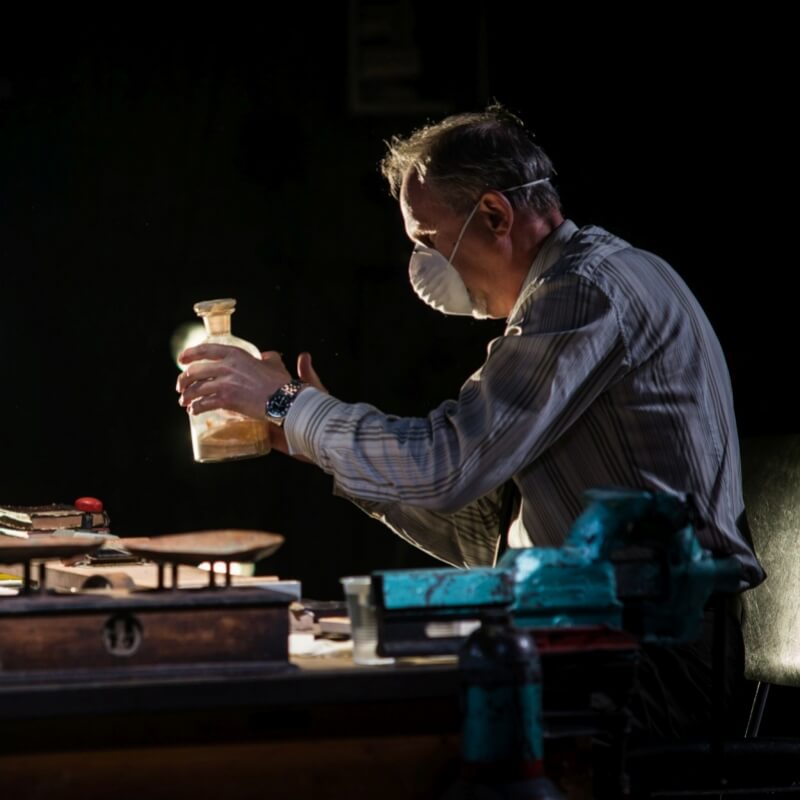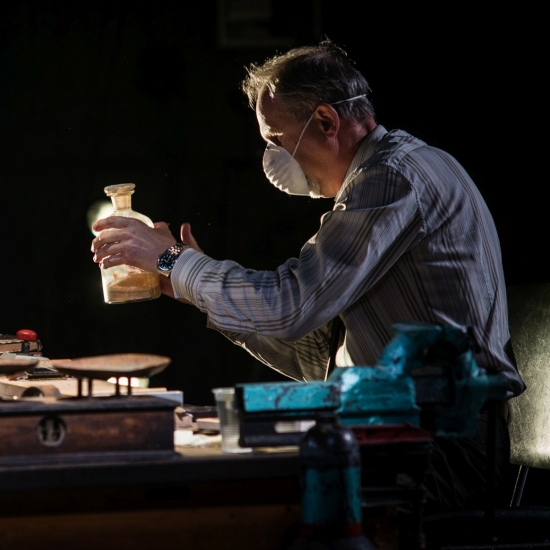The Stanislavsky Electrotheatre
Company

photo Olympia Orlova
The Stanislavsky Electrotheatre continues and develops the heritage of Moscow’s leading cultural institution founded a century ago in 1915, when an apartment block was transformed into a cinema palace – the Ars Electrotheatre, the biggest and best equipped cinema in Moscow. The Ars survived the Russian Revolution but was closed in the early Soviet years. In 1935, Konstantin Stanislavsky’s Opera and Drama Studio opened nearby. The Studio’s status changed in 1948 and the theatre began focusing on drama alone. After another two years, it moved back into the building of the former Ars cinema. In the post-war period, the theatre continued efforts to form a strong and varied company capable of interpreting a repertoire that was unorthodox for Soviet times.
The era of political change in the 1980s and 1990s coincided with a long period of uncertainty surrounding the theatre’s aesthetic programme. In early 2013, Moscow’s Department of Culture announced an opening for the position of artistic director, and in July 2013 appointed Boris Yukhananov, a director, teacher and theatre theorist. The first season of the Stanislavsky Electrotheatre opened on 26 January 2015 with a performance of Theodoros Terzopoulos’s The Bacchae. In mid-July, Romeo Castellucci unveiled his production of Human Use of Human Beings. The Stanislavsky Electrotheatre’s second season (2015–2016) kicked off with the premiere of Max Black, or 62 Ways of Supporting the Head with a Hand, composed and directed by Heiner Goebbels.
